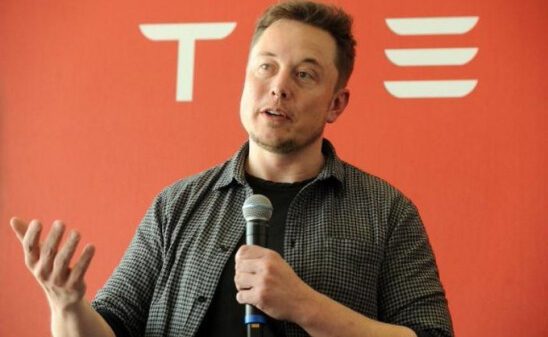Chasing Innovation: US’s $52 Billion Semiconductor Funding Garners Significant Attention
Over 460 Companies Vie for US Semiconductor Subsidies to Counter China’s Tech Efforts
The US Commerce Department announced on Wednesday that more than 460 companies have demonstrated interest in securing government subsidies aimed at enhancing the country’s competitiveness in the field of semiconductors, particularly in response to China’s advancements in science and technology.
To commemorate the one-year anniversary of President Joe Biden signing the groundbreaking “Chips for America” legislation, which allocated $52.7 billion for subsidies in US semiconductor production, research, and workforce development, the White House highlighted the progress made. In the past year, companies have unveiled plans for $166 billion in semiconductors and electronics manufacturing, a development Biden believes will reinstate America’s leadership in semiconductor manufacturing while diminishing reliance on other nations for electronics and clean energy supply chains.
The Commerce Department began accepting applications for the $39-billion subsidy program in June, focusing on US semiconductor manufacturing and related equipment and materials, although no awards have been issued as yet.
“We’re finally making the investments that are long overdue to secure our economic and national security,” remarked Commerce Secretary Gina Raimondo, highlighting the significance of getting the process right rather than rushing it.
A senior Commerce Department official revealed that active discussions are underway with applicants, with substantial progress expected to be announced in the coming months.
The “chips law” also encompasses a 25% investment tax credit valued at around $24 billion for constructing chip plants.
Intel CEO Pat Gelsinger acknowledged the global effort to revitalize semiconductor manufacturing and supply chains, asserting that progress is undeniable in the US.
Over the past year, the Commerce Department has formed a team of more than 140 individuals and devised rules for application assessment. It is also committed to preventing China from benefiting from US funding and has outlined requirements for affordable high-quality childcare access and profit-sharing from major award recipients.
The department anticipates that direct funding awards will range from 5% to 15% of project capital expenditures, with total award amounts generally not exceeding 35% of project capital expenditures.
Commerce Secretary Raimondo emphasized their diligence in the selection process and the need to ensure accountability. Once suitable projects are identified, the department will decide on the allocation of government funds through grants, government loans, or loan guarantees.
The legislation also designates $11 billion for advanced semiconductor manufacturing research and development, with the National Semiconductor Technology Center serving as a focal point. Collaborations are underway between the Departments of Commerce, Defense, Energy, and National Science Foundation to establish this center, aiming to integrate research, development, and workforce initiatives across the semiconductor ecosystem.








